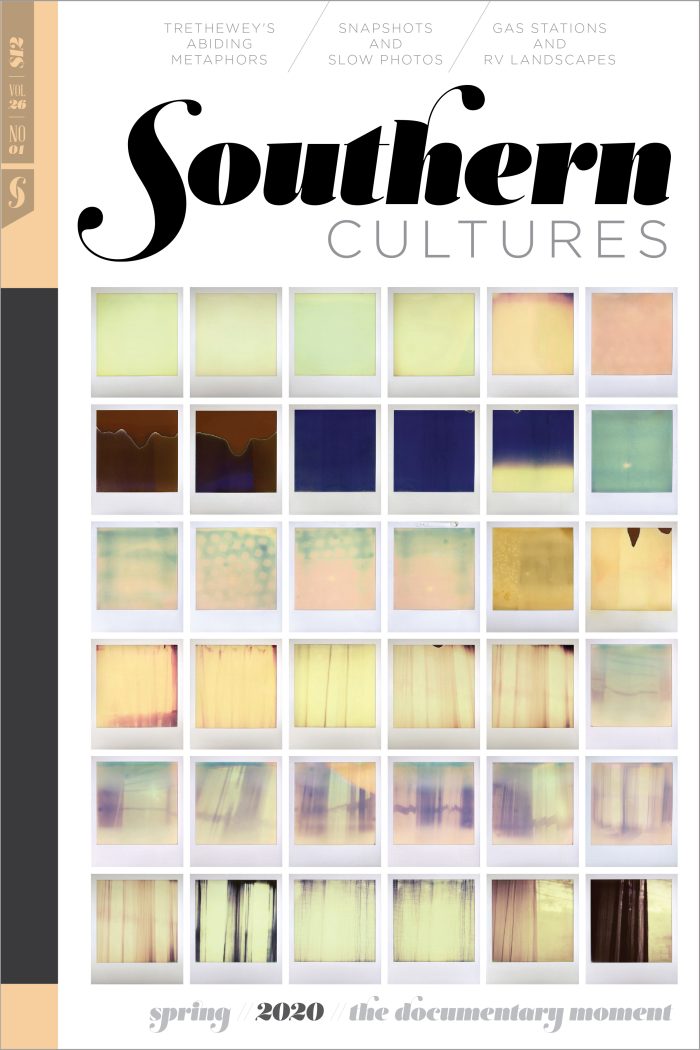“The following portraits show a few of the new faces of tradition in North Carolina, revealing the range of who they are, what they do, and how they commit to their artistic practice.”
Since 1977, the Folklife Program of the North Carolina Arts Council has identified and documented traditional artists and their communities in order to provide them with recognition, artistic resources, and professional support. Artists are “traditional” because their practice maintains or contributes to a community culture that grows from shared experiences. Traditional artists often learn and hone their skills beyond institutional frameworks. The Folklife Program continually works to identify not only long-standing practices but also those forming among emerging communities and generations. To better understand—and serve—the needs of the state’s contemporary traditional artists, the Folklife Program initiated the Millennial Traditional Artists project in 2016.
Many millennials, the first generation to grow up with the Internet, still receive, practice, and reimagine their cultural heritage within deeply rooted and geographically stable communities and families. Yet many also lead lives more mobile than ever before, crossing oceans, borders, and state lines in pursuit of education, refuge, and economic opportunity. They control their own narratives through social media and are often highly conscious of matters of cultural identity. They may carefully steward the expressive arts of their communities, or they may play, adapt, and invent. They perform in contemporary genres like hip-hop and spoken word poetry that are not popularly understood as traditional, but which emerge from long-established expressive styles and cultural networks. Some artists must reach beyond their families and neighbors for ways to reclaim their cultural history or to find the fulfillment of arts created in community.
Through two regional gatherings and a statewide survey of over one-hundred artists, the Folklife Program met young people self-identifying as traditional artists and invited their feedback on how they might best be served. We learned that despite growing up on this side of the digital divide, securing high-quality photographs was one of the most common professional challenges facing these young people. Excellent photography is essential for booking gigs, reaching audiences, and representing oneself and one’s story to the public.
In the spring of 2019, the Folklife Program partnered with Duke University’s arts initiative to recruit student and professional volunteer photographers to work collaboratively with the artists to create meaningful and useful portraits. Artists and photographers met to create the works seen here, often forming real relationships as peers and collaborators during the process.
“Every meeting gleaned far more than photographs—the particular and enigmatic percolation one feels when encountering a creative spirit.”
Phyllis B. Dooney
The resulting portraits capture the rising generation of traditional artists on their own terms—in settings meaningful to them and suited to their aspirations. Representations of traditional artists of previous generations are often hazy with romanticism and notions of otherness. The clarity of collaborative self-representation makes the shared dynamics among this group easier to see. Despite very different creative practices and backgrounds, today’s traditional artists remain united in their sense of responsibility to their community, their pride in good work, and the way in which they embed shared values into their art.
The following portraits show a few of the new faces of tradition in North Carolina, revealing the range of who they are, what they do, and how they commit to their artistic practice. The portraits also demonstrate the skill, thoughtfulness, and creativity of the photographers who volunteered their time and talent.
When the COVID-19 pandemic brought unprecedented disruption to the lives of working artists everywhere, we asked the artists and photographers whose images are included here to share how audiences can help support them in their work, and to reflect on how this crisis has affected their creative practice and what gives them hope for the future.
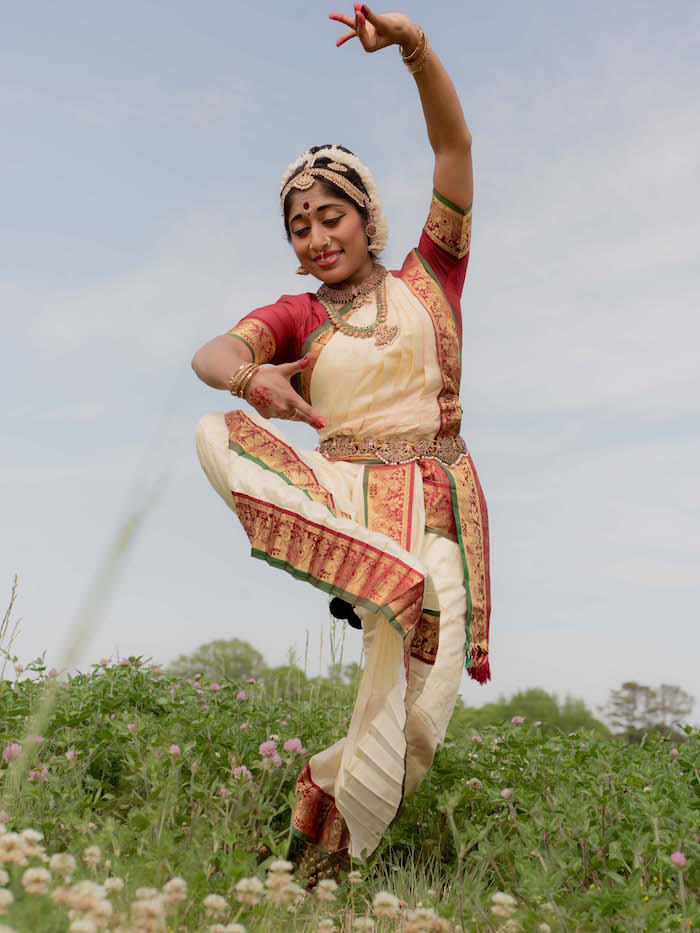
Akhila Takkallapalli
Kuchipudi dancer | Cary, NC
Photographed by Will Warasila (MFA, Experimental and Documentary Arts, Duke University, ’20)
To Akhila Takkallapalli, dancing is a lifelong meditative practice that allows her to deeply understand herself and the nature of the world. She practices Kuchipudi dance, which, in her words, “has the inherent power to transform not just the doer, but those who get to experience the nectar of it.”
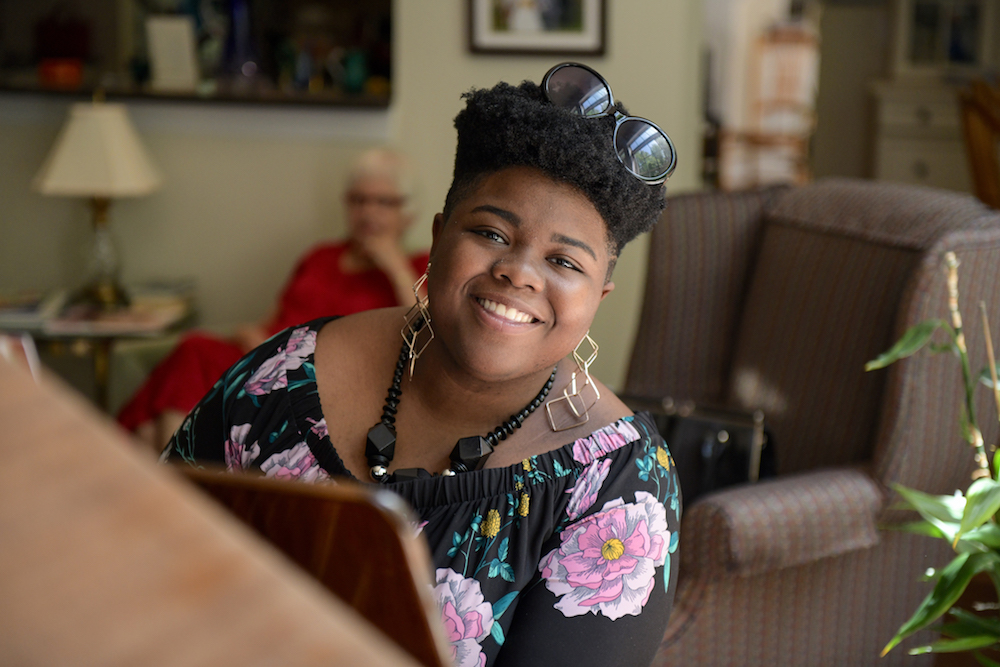
Le’Andra McPhatter
Jazz, gospel, and R&B pianist | Durham, NC
Photographed by Denise Alllen, freelance photographer and art teacher
Le’Andra McPhatter is a pianist from Kinston, a town in Eastern North Carolina whose reputation for great jazz and R&B music exceeds its small size. McPhatter’s versatility speaks to the cultural interconnections of jazz, gospel, R&B, and classical music. Living in the wellsprings of North Carolina’s jazz heritage, she is now a music educator with her own Durham teaching studio and continues to minister at her church.
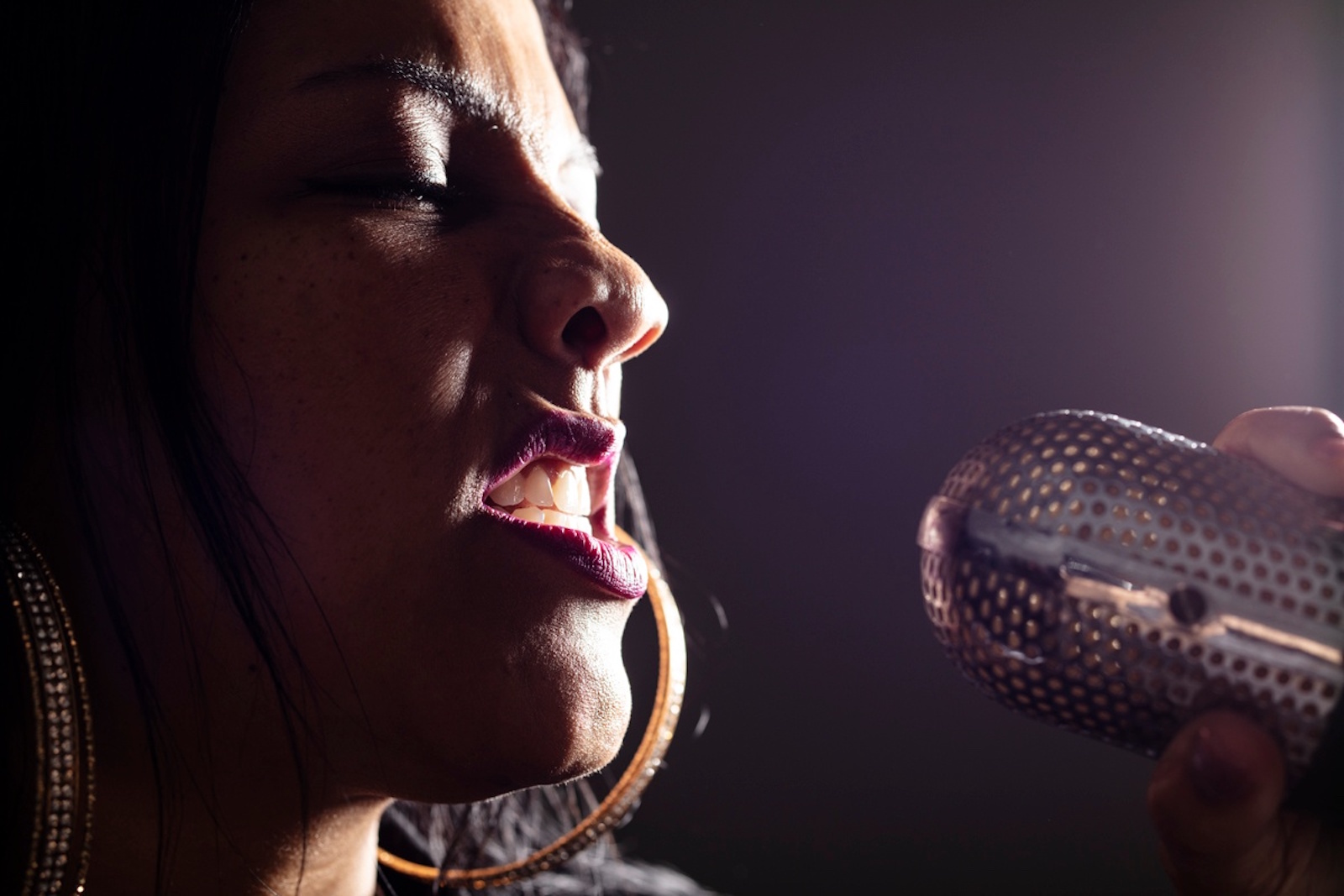
Lena Jackson
Hip-hop and rap artist | Raleigh, NC
Photographed by Phyllis B. Dooney, freelance photographer (MFA, Experimental and Documentary Arts, Duke University, ’18)
“My music is not something I want to promote because I want to make it big. My kickback is the opportunity to reach people that may need to just hear it. . . . I want to use my voice to connect with the community.” The daughter of activists and a counselor to young people with behavioral and emotional challenges, Jackson creates independent music that builds upon the tangible work she does day-to-day. “Focusing and sharpening the writing aspect of my music has been a part of my [COVID-19] coping process.”
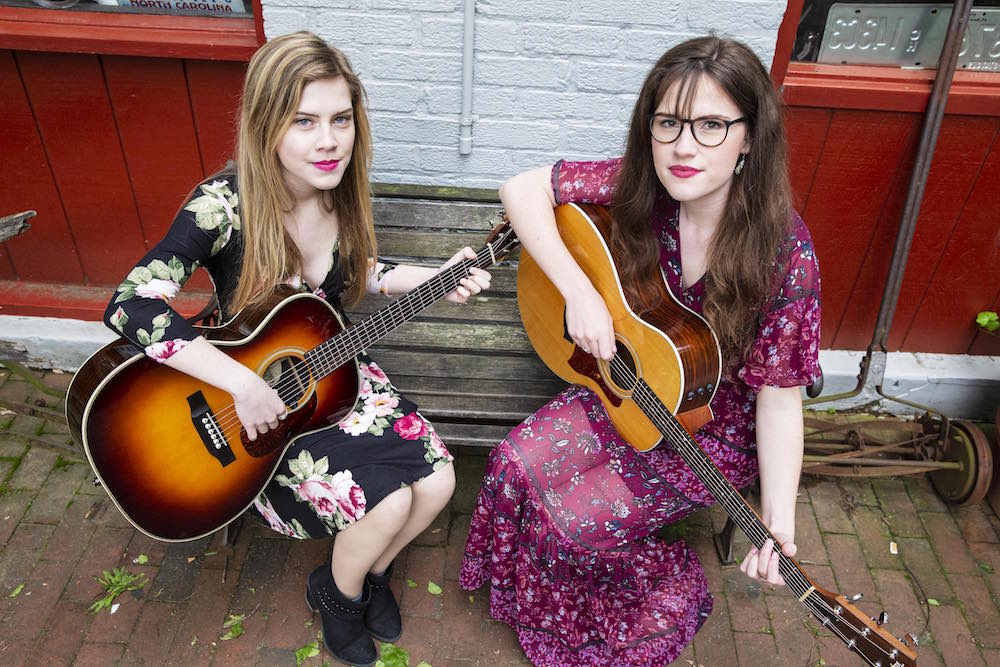
The Lang Sisters
Bluegrass duo | Raleigh, NC
Photographed by Rachel Jessen, photographer and educator (MFA, Experimental and Documentary Arts, Duke University, ’19)
The Lang Sisters borrow from the folk, gospel, and bluegrass traditions to create an acoustic sound all their own. Mentored by many talented musicians in Piedmont area jams, they thrived when they joined the Junior Appalachian Musicians (JAM) program and then went on to form their own award-winning band.
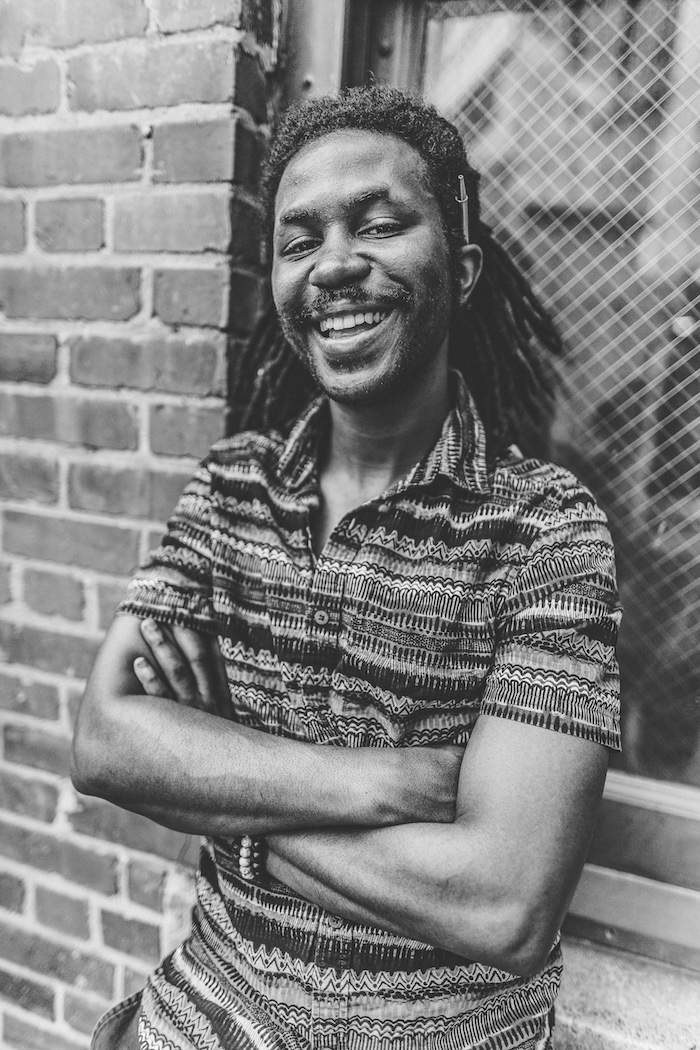
Johnny Lee Chapman
Spoken word poet | Fuquay-Varina, NC
Photographed by Dalvin Nichols, 8-Bit Photography
“Who’s in charge? The storyteller. The storyteller is the one relaying history. They are one getting the imagination working,” says Lee. “You are someone who’s going be able to talk about the history of North Carolina. Or the history of what it’s like growing up Black in America.
I’ve found it difficult to perform poetry online. There is something about not being able to physically connect and feed off the energy of an audience; the digital does not offer those connections but I’ve realized that going virtual allows one to reach a greater crowd. I’ve been fortunate enough to be part of a Zoom series geared towards high school students, discussing mental health in the Black community, and how art can serve as a tool to facilitate change.”
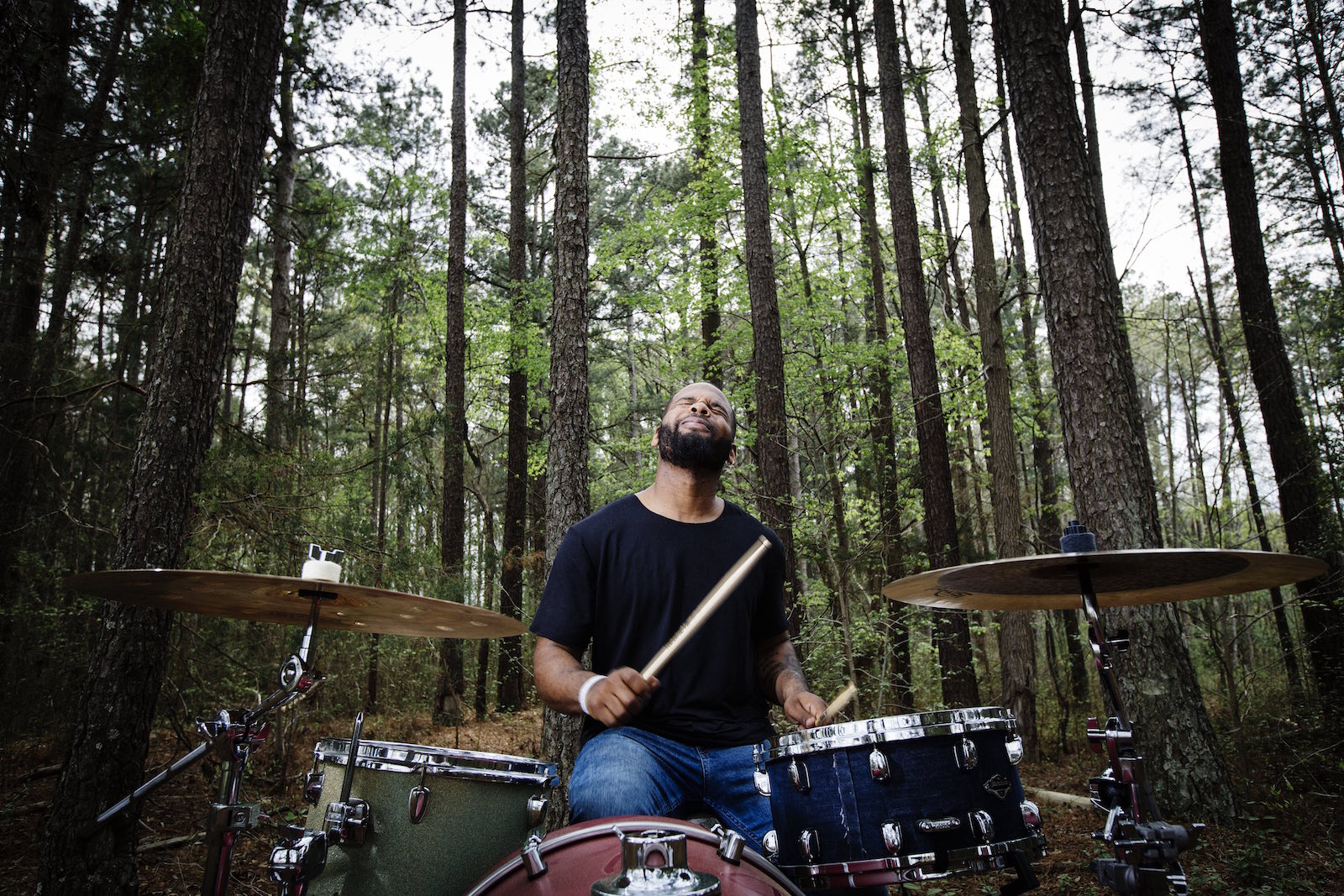
Damir Watson
Gospel drummer | Hillsborough, NC
Photographed by Phyllis B. Dooney, freelance photographer (MFA, Experimental and Documentary Arts, Duke University, ’18)
North Carolina is home to long legacies of gospel music across the spectrum of traditional and contemporary sounds. Although Damir grew up listening to traditional gospel, most of his engagements are in more contemporary styles of music. Gospel thrives among both young and old musicians whose stylistic innovations influence both local gospel circuits and popular music on a national scale.
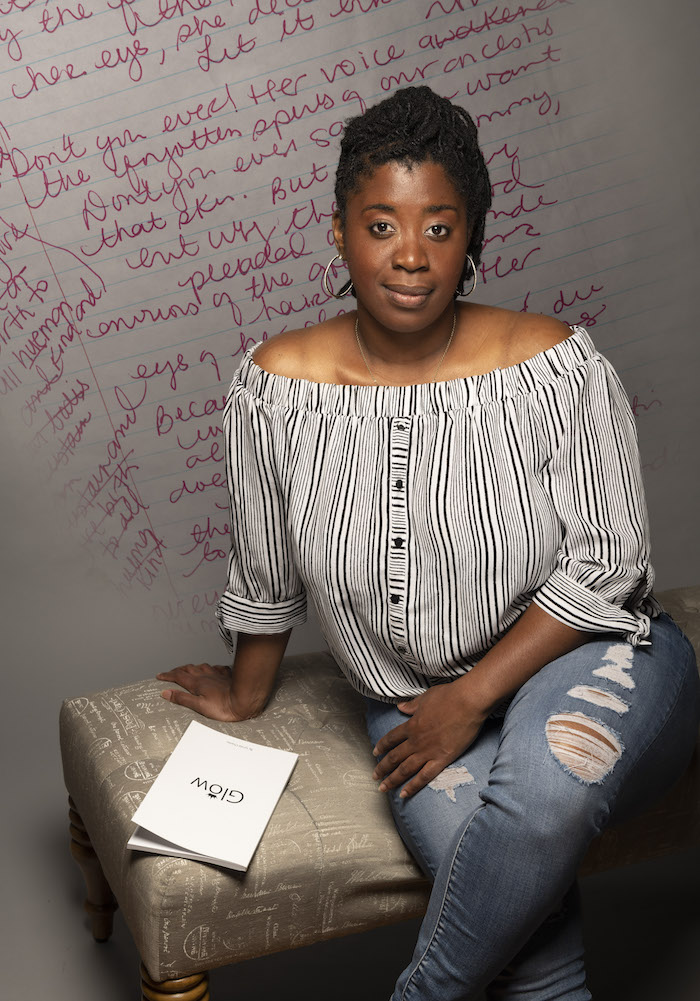
Lynda Charles
Poet | Durham, NC
Photographed by Denise Alllen, freelance photographer and art teacher
“Writing plays a critical role in my life as it is an extension of who I am and embedded into my DNA . . . this gift has empowered me and has caused me to become a force to be reckoned with—both personally and professionally.”
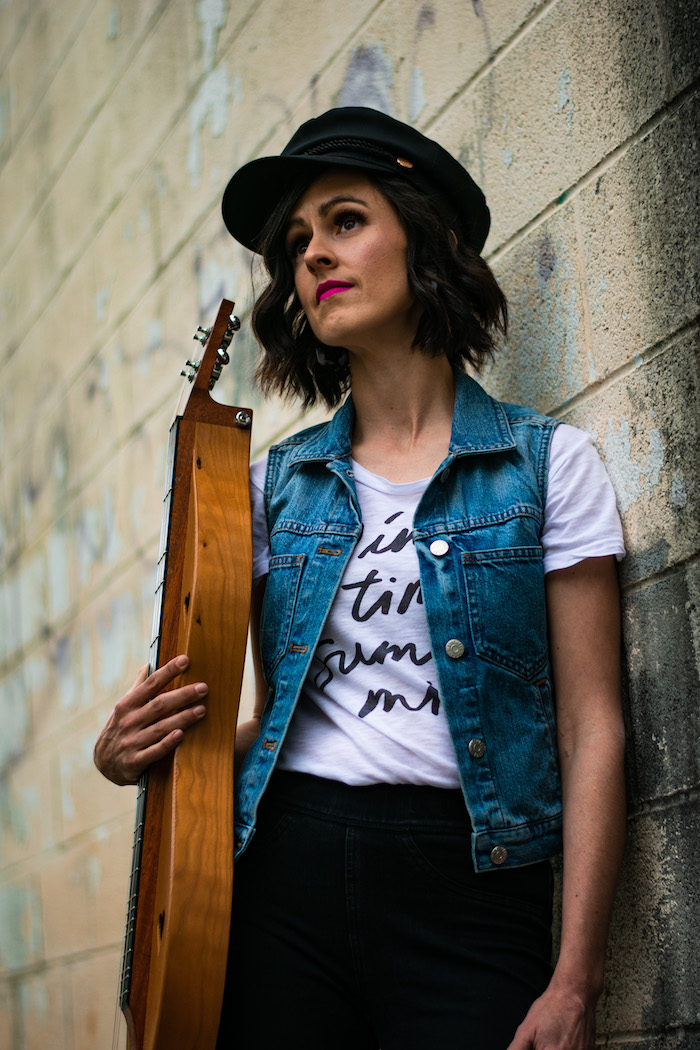
Michele Gourley
Mountain dulcimer player | Durham, NC
Photographed by Rohan Kothari (Economics, Computer Science, Duke University ’19)
Gourley is both formally trained in classical and jazz music and steeped in the culture of Appalachian song and dance. Her latest endeavor includes performing original and traditional tunes on the mountain dulcimer interspersed with an occasional cover or story of her time working in the fields of medicine and theology.
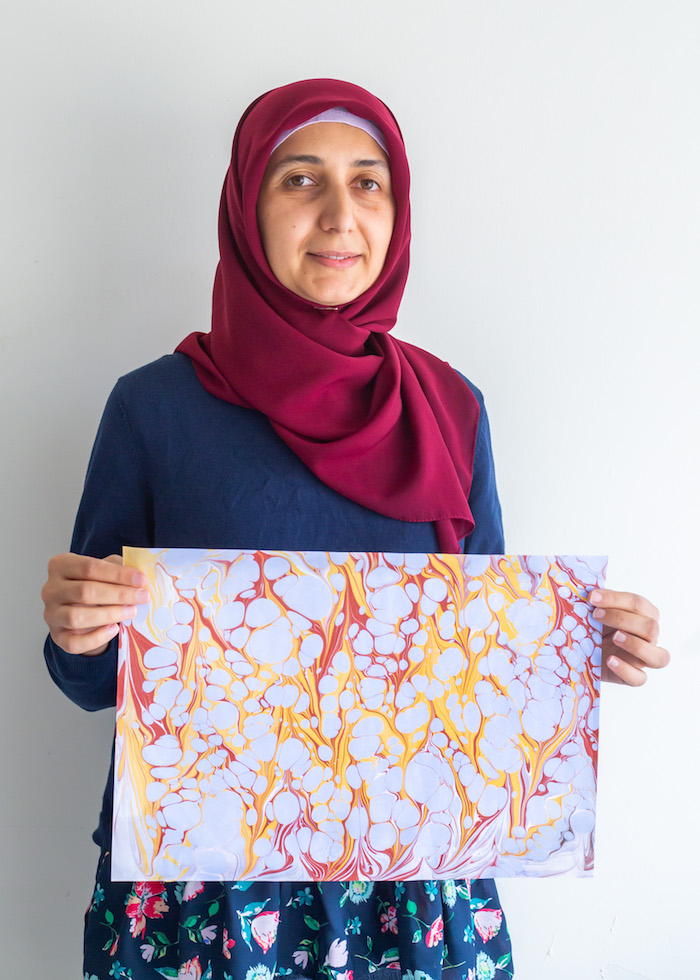
Meral Tunc-Ozdemir
Turkish Ebru artist | Cary, NC
Photographed by Tasha Thomas, scenic artist, photographer, Screen Gems Studio
“[Ebru] was a perfect combination of science, innovation, and creativity. It was the art calling my name.” Ebru requires years of training to master, and Ozdemir has sought out practitioners both in person and online to deepen her knowledge of its techniques and philosophies. Ebru is now her lifetime project, leading her to receive a 2012 Nevada Folklife apprenticeship grant in the art.
“I hope that this time will eventually bear fruit for us all, individually and as a whole.”
Tasha Thomas

Sonya Badigian
Old-time fiddler and guitarist | Durham, NC
Photographed by Tasha Thomas, scenic artist, photographer, Screen Gems Studio
Raised in Rhode Island, Sonya found North Carolina to be the convergence of her desires for a larger old-time scene and her interest in the region’s musical history. Deeply appreciative of the complex history of old-time music, she has recently begun to help run Slippery-Hill, an online repository of old source recordings, which she says “feels like an opportunity to really help share music with the community.” On COVID-19, she adds, “I’ve been enjoying watching friends give virtual concerts online and felt inspired by how adaptive, resilient, and generous the musical community has been since this began.”
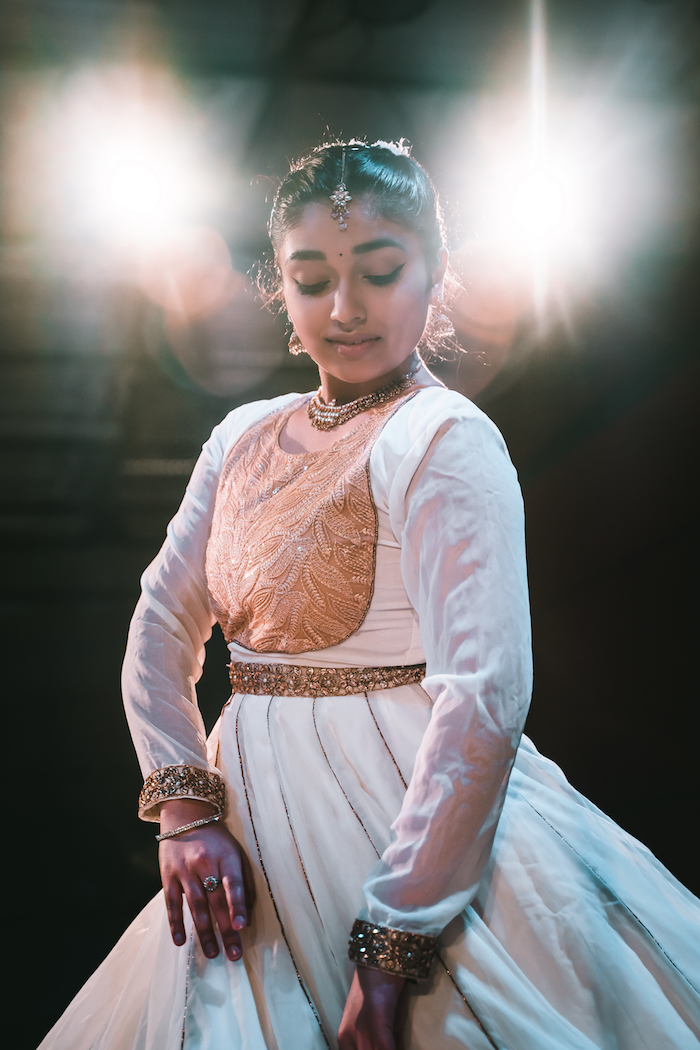
Radha Varadan
Kathak dancer | Raleigh, NC
Photographed by Aaron Zhao (Visual Arts and Biology, Certificate in Documentary Studies, Duke University ’22)
“My introspection into my dance comes from both the people here and people in India that I am watching and observing,” says Varadan. On what defines North Carolina’s Indian classical dance community she says: “It’s attracting not only people of Indian origin but people of all diverse backgrounds . . . That’s not something I’ve experienced before, but it’s wonderful seeing how the dance here has evolved into this unifying thing.
Even though I’m unable to rehearse to my fullest potential now, I see myself finding dance in everyday movements.”
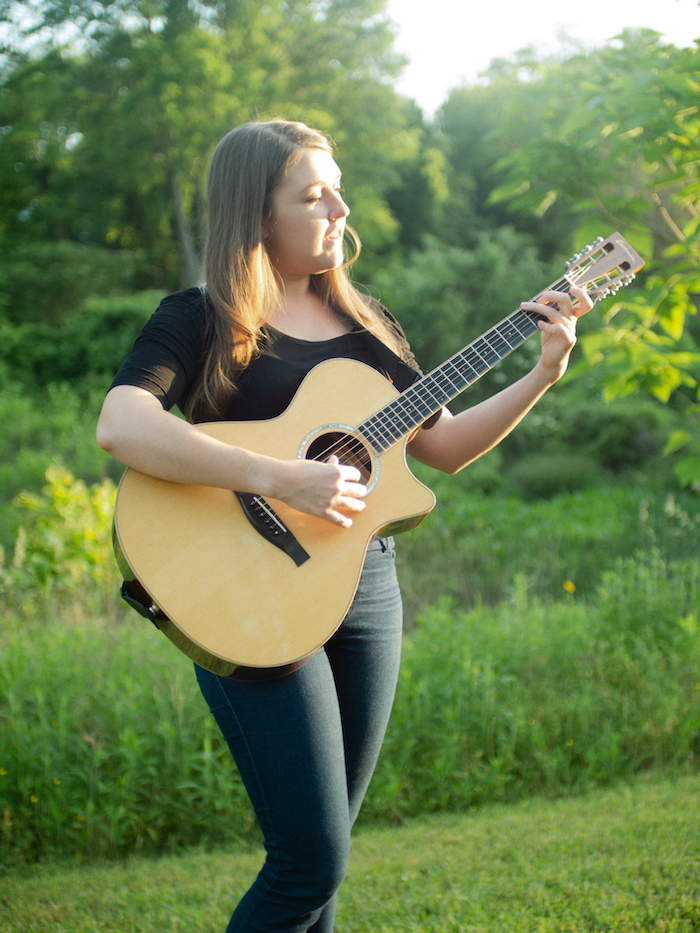
Calleigh Crumpler
Singer-songwriter | Durham, NC
Photographed by Alex Morelli (MFA, Experimental and Documentary Arts, Duke University, ’20)
“Playing music is a big part of my family gatherings. It brings all of us together. Folk music is all about telling a story and creating community. It’s not just about putting on a perfect performance. This new virtual world has caused me to reimagine and expand my idea of community in new and creative ways, especially towards learning more ways to maintain community virtually.”
“I am hopeful that this moment encourages us to reflect on the necessity of making new photographs—and how archives might hold untold stories.”
Alex Morelli
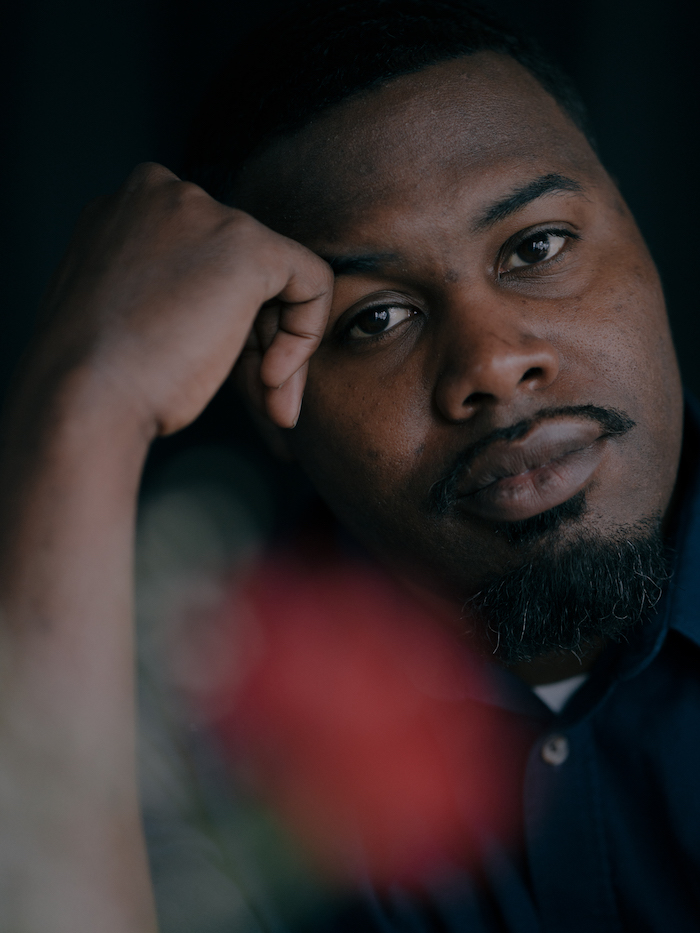
Le’Juane “El’Ja” Bowens
Spoken word poet | Raeford, NC
Photographed by Will Warasila (MFA, Experimental and Documentary Arts, Duke University, ’20)
For El’Ja, spoken word is a process of understanding. “It is a mechanism for coping with the world,” he explains. “Poetry is more of a conversation. Telling you what I have gone through but sometimes what other people have gone through.
I’m hopeful that when we are able to do live events again, people will truly appreciate just how important that the arts are to this world.”
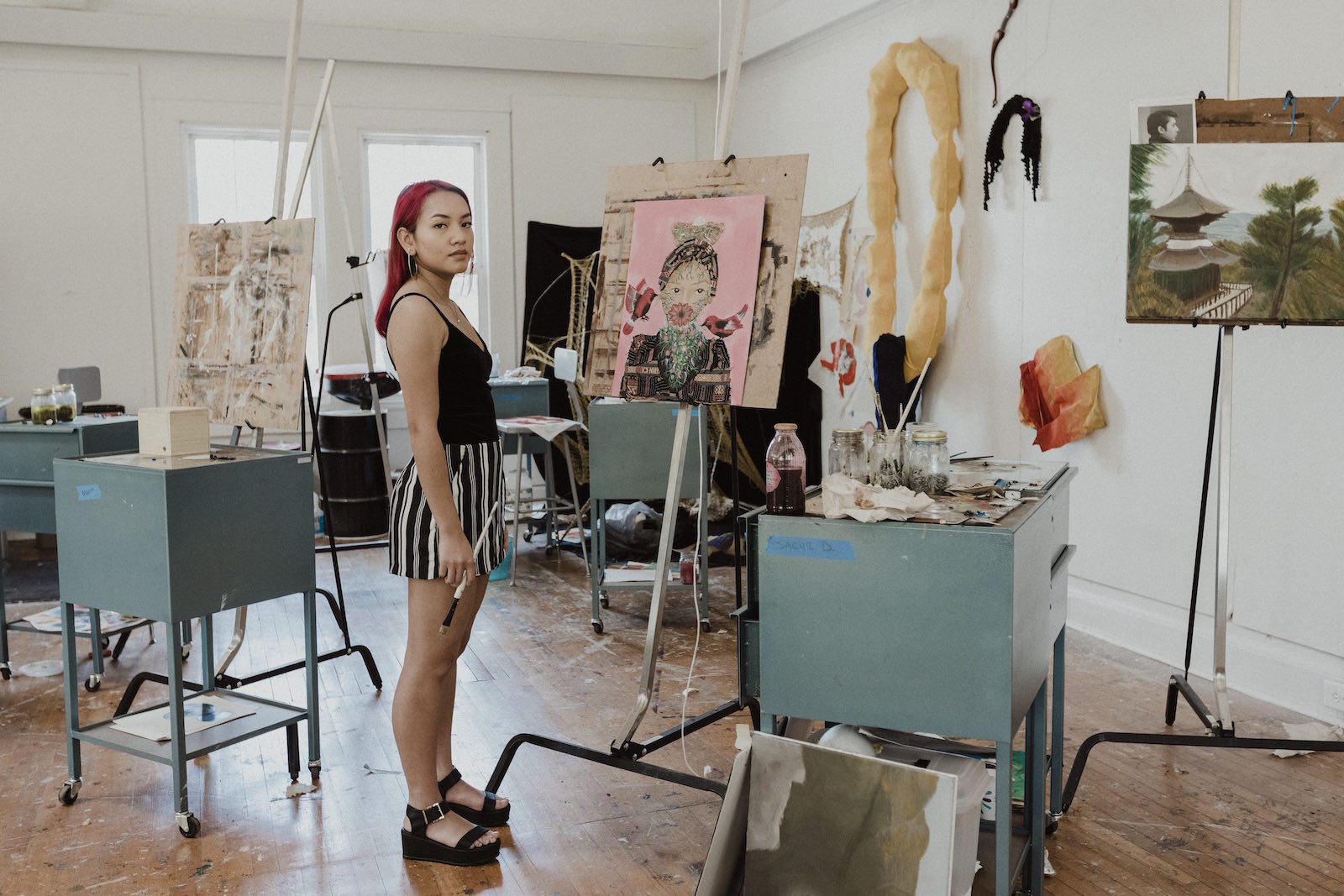
Sachi Dely
Painter, Montagnard (Bunong) artist | Greensboro, NC
Photographed by Phyllis B. Dooney, freelance photographer (MFA, Experimental and Documentary Arts, Duke University, ’18)
“My art is my form of cultural preservation,” declares painter Sachi Dely. Sachi is Bunong, one of the ethnic groups that make up the Montagnard population in North Carolina. Born in Daklat Province, Vietnam, in 1999, Sachi’s family escaped persecution for sanctuary in Cambodia when she was just one year old. She hopes to be known as a Bunong artist, and to tell the story of her people visually, through her art.
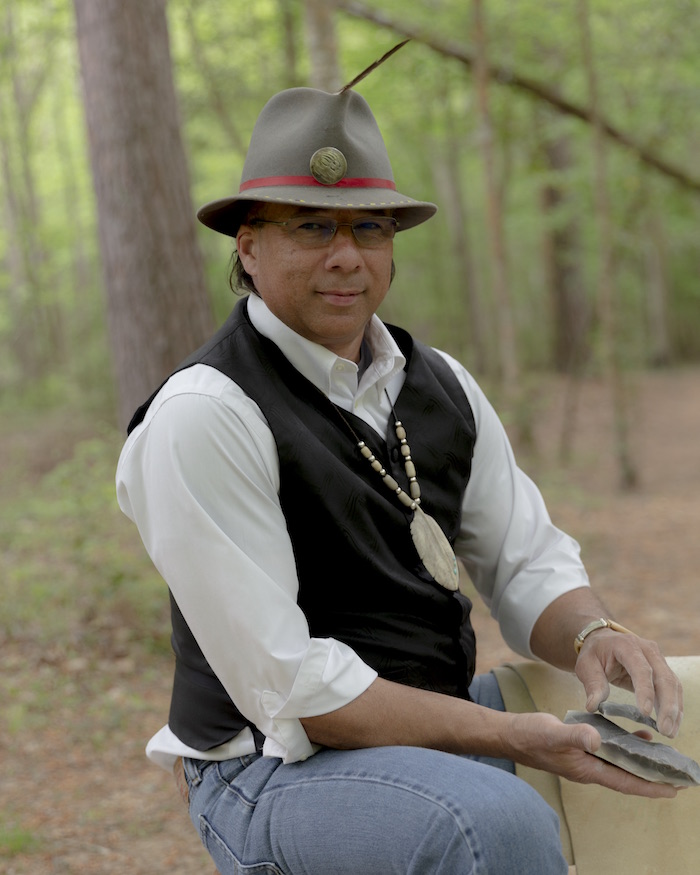
Rex Harris
Flint Knapper | Glen Allen, VA
Photographed by Cassandra Klos (MFA, Experimental and Documentary Arts, Duke University, ’20)
“This art goes to everybody’s ancestors, no matter which continent you come from, but I’m interested in bringing it back to the tribes,” he says. Despite the lack of modern use for stone tools, Harris considers the skill, culture, and technology all wound up in a single well-made point to be valuable knowledge. “It’s survival. It goes hand in hand with everything we are now.”
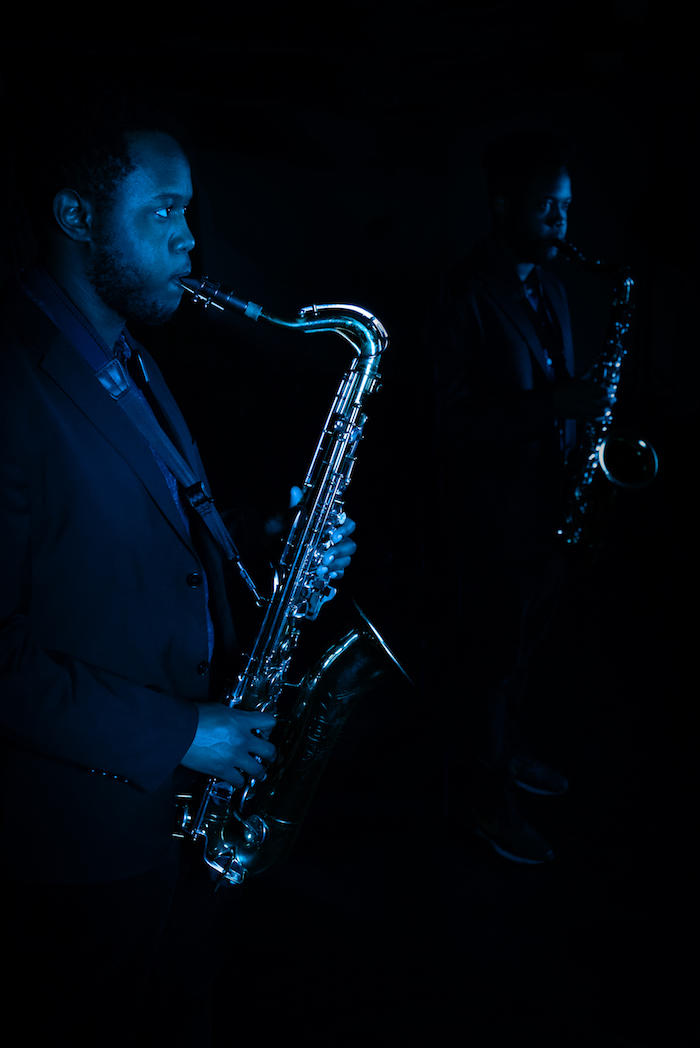
Shaquim Muldrow
Jazz saxophonist | Durham, NC
Photographed by Bishop Ortega (MFA, Experimental and Documentary Arts, Duke University, ’20)
Born in Sumter, South Carolina, tenor saxophonist Shaquim Muldrow moved to North Carolina for the storied Jazz Studies program at North Carolina Central University (NCCU). There, Muldrow was exposed to teachers who had studied with the very artists he had grown up listening to, and this direct connection allowed him to see jazz as both a genre and a tradition.
“It’s been a trek just getting thrown into the virtual world. It’s always been solely for social media and recipes for me, so now to use that same space to make some kind of income is a little daunting. However, this time has given me a lot of freedom to focus on the things I want from music, and what I want to bring to the music.”
Zoe van Buren is the Director of the Folklife Program at the North Carolina Arts Council and an alumna of UNC Chapel Hill’s graduate program in Folklore. She lives in Durham, North Carolina.
Katy Clune works to connect people to culture and community. She is currently communications director for Duke University’s arts initiative. She has a BA in art history (UC Berkeley) and an MA in folklore (UNC Chapel Hill).
Special thanks to the photographers and to Tom Rankin, Duke University’s MFA in Experimental and Documentary Arts, Department of Art, Art History, & Visual Studies, the Duke Chronicle, and UNC Chapel Hill’s Department of American Studies for their assistance in recruiting students. Thank you to the Center for Documentary Studies and MFA in Experimental and Documentary Arts, Duke University, for their support in publicizing the exhibition. Thirteen photographers submitted over fifty images to the project, and a selection was exhibited at Duke’s Rubenstein Arts Center in June 2019. The Millennial Traditional Artists Project was supported with funds from the National Endowment for the Arts and the North Carolina Arts Council, a division of the North Carolina Department of Natural and Cultural Resources.
Using these portraits and others, the NC Arts Council published an online artist directory in 2020 to highlight artists connected to the Millennial Traditional Artists Project. If you have an artist you would like to recommend to the Folklife Program for this continuing effort, or if you are a photographer interested in volunteering, please contact the North Carolina Arts Council’s Folklife Program at zoe.vanburen@ncdcr.gov .

